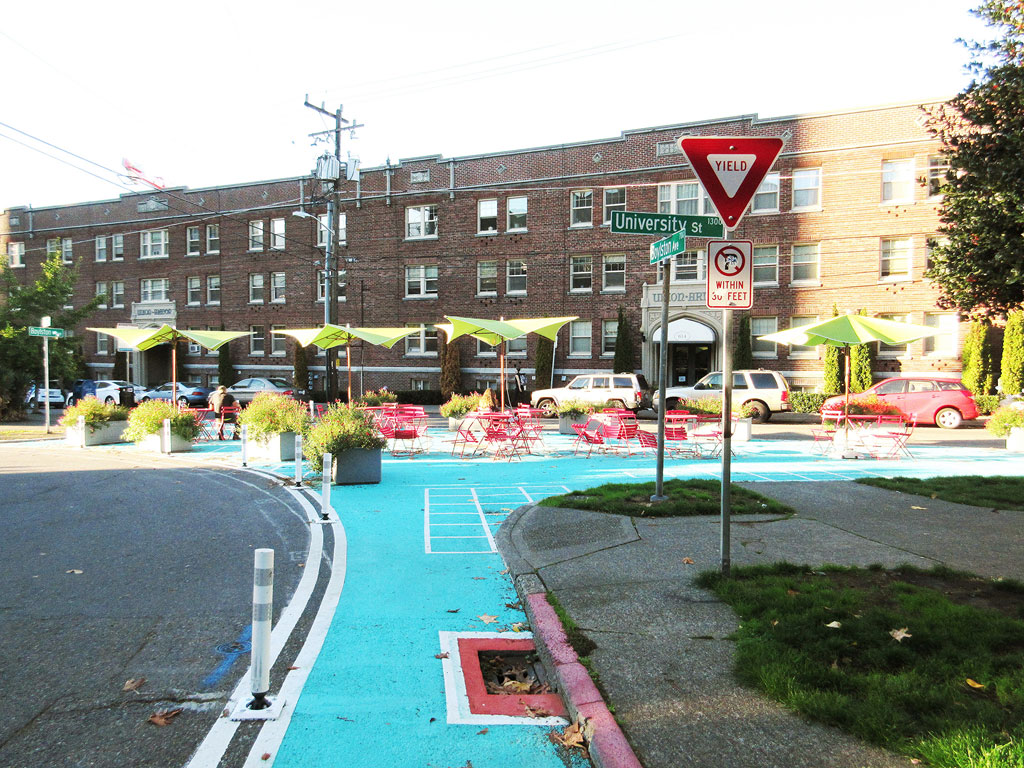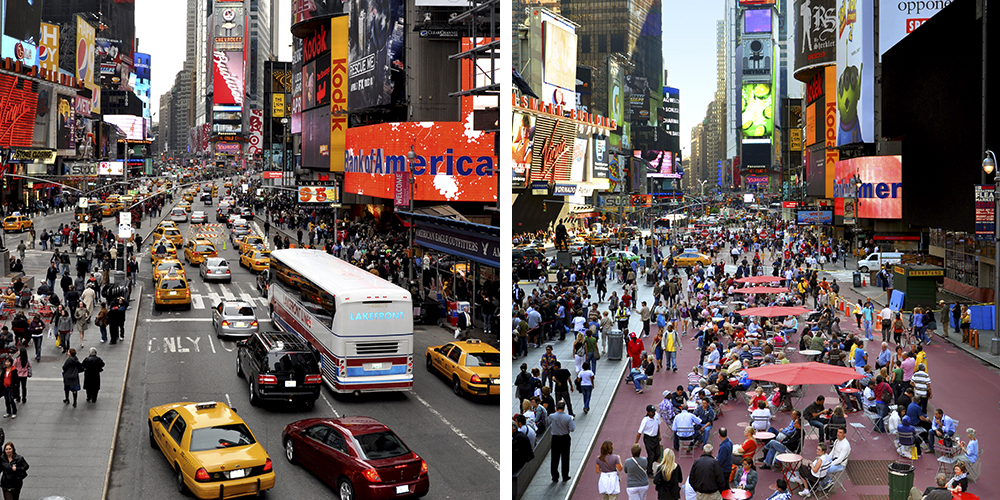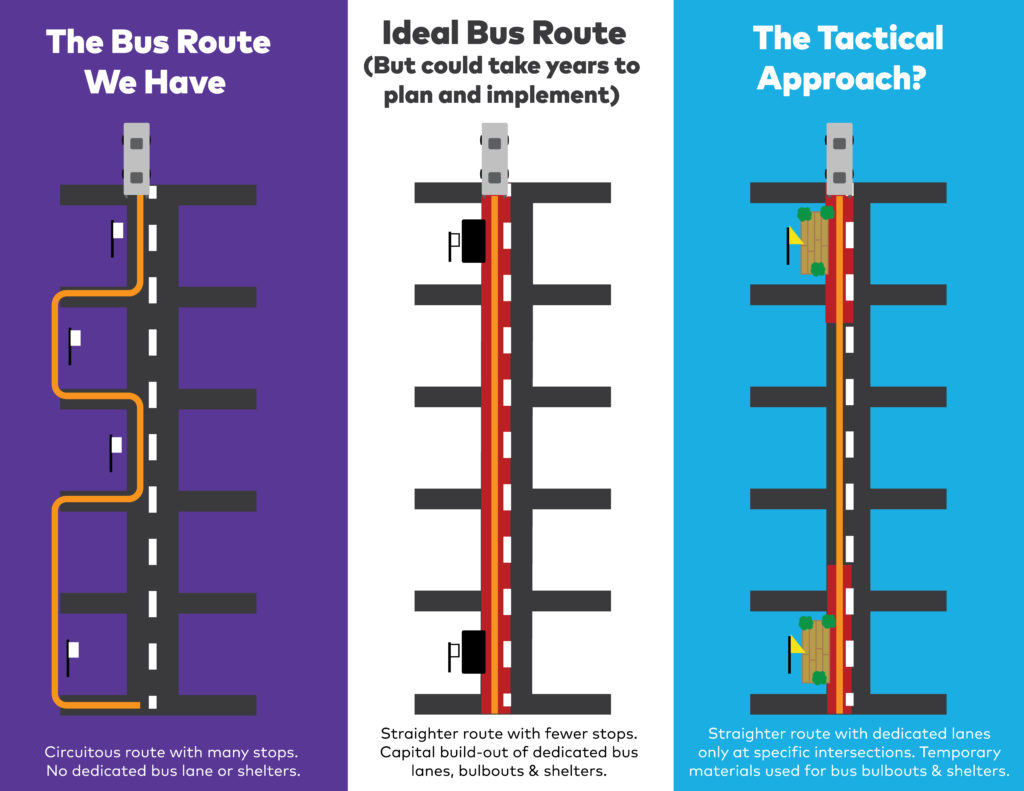Disciplines at an Intersection: Minimum Viable Infrastructure
“The natural instinct of a true designer is to ask himself: How can I do this thing better than it has been done before? Let’s forget how it is normally done. By concentrating on the essence of what is needed and the most direct of all the ways of achieving it…”.
- Ove Arup, Philosophy of Design
 Image Credit: Fayetteville Flyer website
Image Credit: Fayetteville Flyer website
Infrastructure is the lifeblood of a functioning society. In order to move goods and people, generate the energy you use every day, log onto the internet, or drink clean water our infrastructure must be reliable. Not only that, the men and women that finance, build, design, and operate this infrastructure constitute 11% of the United States’ workforce. Then why is the industry so inefficient? If you bought a car for $30,000 but it came a year and a half later and actually cost $45,000, you probably would want a refund. Unfortunately, over budget and behind schedule is the status quo of infrastructure design in the United States.
While we could talk about the product (roads, railways, bridges, etc.) and debate what product we are looking for, I want to focus on process. Specifically, I want to focus on a process called design thinking, which in many ways seems to be the antithesis of current infrastructure development. I am exploring the intersection of the two fields; while traditional infrastructure projects involve a series of linear handoffs, how might we integrate design thinking, which demands an inclusive and collaborative process from beginning to end?
While design thinking can be hard to define, I define at this: a process for guided creativity, where creativity is defined as an idea with appropriate novelty. What defines design thinking uniquely is:
- Collaboration
- Empathy
- Iteration
Let me further explain the contrast between design thinking and infrastructure. In design thinking, you collaborate with people from all disciplines at each stage of the project. In infrastructure, the planners make a plan, the engineers design that plan, then the contractors build that design. In design thinking, you empathize with the “end user” and let their insights and latent needs guide your design. In infrastructure, you empathize with a handbook that tells you to the inch how to complete the design. In design thinking, you prototype and iterate quickly though a design, getting tangible feedback from those who will be using it before you build a final solution. In infrastructure, you build a design that lasts 40 years, and hope people like it.
As the United State’s “Infrastructure Report Card”, as published by The American Society of Civil Engineers, scored a “D+” in 2017–we don’t have any other choice but to radically rethink the status quo. We need to shift infrastructure to not just design for people, but actively design with people. Capitalizing on an iterative design method, we can implement faster and cut through political red tape, ensure our capital expenditures produce positive results, and bring the future of design thinking ever closer to the built environment.
Isn’t New Technology Enough?
As noted above, design and infrastructure seemingly occupy two ends of the spectrum. The infrastructure industry is bemoaned for its slow pace, and the AEC (Architecture, Engineering, Construction) productivity gap continues to widen despite rapid advances in technology. All the while, design is focused on empathetic and iterative processes, having integrated design thinking into more and more industries around the globe. In 1964, engineers were drafting handwritten plans, and in 2017, engineers are making 5D models simulating everything up to quantities and cost. Yet, according to the National Institute of Building Sciences, from 1964 to 2000 the infrastructure industry’s productivity has dropped 20%. Technology alone won’t save us, so we must change our process and draw from design thinking.
A few different organizations are looking at rethinking how we deliver infrastructure. Street Plans Collaborative is partnering with the Knight Foundation to deliver quick build transportation projects, empowering local citizens to change their transportation outlook. Katerra is completely rethinking the infrastructure supply chain, taking cues from manufacturing. Ford’s business model incubator, Greenfield Labs, is partnering with the National Association for City Transportation Officials (NACTO) on Green Light for Green Streets in order to figure out how to more quickly implement transportation initiatives — a direct result of Ford’s move toward being driven by design. It is clear the status quo isn’t enough. It is time to change the infrastructure industry.
Iterative Infrastructure
Innovation comes by way of iterations. It was Thomas Edison who said “The real measure of success is the number of experiments that can be crowded into 24 hours.” When is the last time you heard about experiments or iterations in the built environment? How might we take the best of the design thinking process and meld it with infrastructure design? We can build minimum viable infrastructure (MVI).
We can build low-cost prototype infrastructure designs for people to engage with. A form of this is already happening with the Tactical Urbanism movement. Pioneered in New York City with Janette Sadik-Khan and Mike Lydon, this form of this iterative infrastructure has been applied most famously to the pedestrianization of times square. Using everyday objects such as fold out chairs, planters, and paint, the public space was pedestrianized overnight. These low-cost tools allowed the department of transportation to receive immediate public insight on their design, diverge possible outcomes, and converge on a final solution based on inputs of both designers and the affected populace without a major commitment politically or financially.
 Image credit: New York City Department of Transportation on Flickr
Image credit: New York City Department of Transportation on Flickr
Through this iterative process, we can follow the steps of designers and address inequities of city streets, enhancing universal mobility, economic, and health outcomes. We first empathize and understand human behavior to define what the problem is, then ideate solutions with the populace, and finally prototype those solutions in the form of iterative infrastructure. These prototypes will not only help us create short term changes, but pave the way for lasting changes to the infrastructure in our communities.
And this is only the beginning. We can build on the foundation that has been laid and continue to advance infrastructure delivery methods by learning from the technology, design, and startup world.
How We Know It Works
Transit Center, a foundation that supports advocacy, research, and leadership development for transit reform across the United States, has taken this concept and transformed it into Tactical Transit, a strategy of implementing quick pop up bus lanes using traffic cones to dynamically create dedicated bus lanes. This technique has also been implemented in Boston, where it resulted in faster trip times for both buses and cars.
 Image credit: TransitCenter website
Image credit: TransitCenter website
Projects like University of Chicago’s Array of Things, a network of sensors collecting real-time data on urban environments, are getting us closer and closer to a true “sensing city”. Instead of utilizing a computer model projection, we can receive direct results/data from prototyped infrastructure. This data increases our ability to be human centered designers. As Arianna McClain and Rohini Vibha of IDEO put it, “we learn from numbers the same way we learn from people, because we see numbers are representations of people.”
With this increase in data input we can fully understand our infrastructure’s impact on social, financial, and environmental factors through each iteration. These iterative projects can be funded more easily as they are less expensive to install, and the need for less funding creates more political backing. Positive initial results continue to return. When a pop-up bike lane is introduced, we know that drive times don’t change, we know that fewer accidents occur, and we know there are reduced health problems. And that is just the beginning. The entire infrastructure delivery process needs to be flipped on its head–to one that is iterative, lean, and human-centered.
The Challenge Ahead
Do we want a minimum viable bridge? Probably not. As it currently stands, iterative infrastructure is not a silver bullet for an industry that is desperately in need of one; however, it is a starting block for rethinking how we approach design in the built environment. The MVI gives us the freedom to design on a low budget, and go through an iterative process to test our ideas before we build an expensive and long-term design.
Instead of working through political hesitancy to fund large projects with unknown effects, our politicians should instead learn from series of pilot projects, which were iterated to near perfection with lower initial capital commitment. Pilot projects facilitate an easier sell for politicians hesitant about their infrastructure choices. These projects become more feasible when we have data that reinforces what we already know to be true.
We also need to think critically about how we introduce empathy into the infrastructure design process. As it stands, engineers spend most of their time drawing lines on CAD instead of figuring out if the design actually works for the people it is intended to be used by. Collaboration is defined by asking the engineer to your right and the engineer to your left about how to apply a predetermined standard or CAD functionality. Our infrastructure, then, reflects the process by which it is designed–not contextual and unintegrated with its surroundings.
Can we reconcile design and infrastructure? We must. These two seemingly disparate fields must converge. The built environment is too important for the wellbeing and opportunities of millions for us to leave it to chance. Let’s shape a better world. Let’s iterate infrastructure.
 The Syntact Project
The Syntact Project